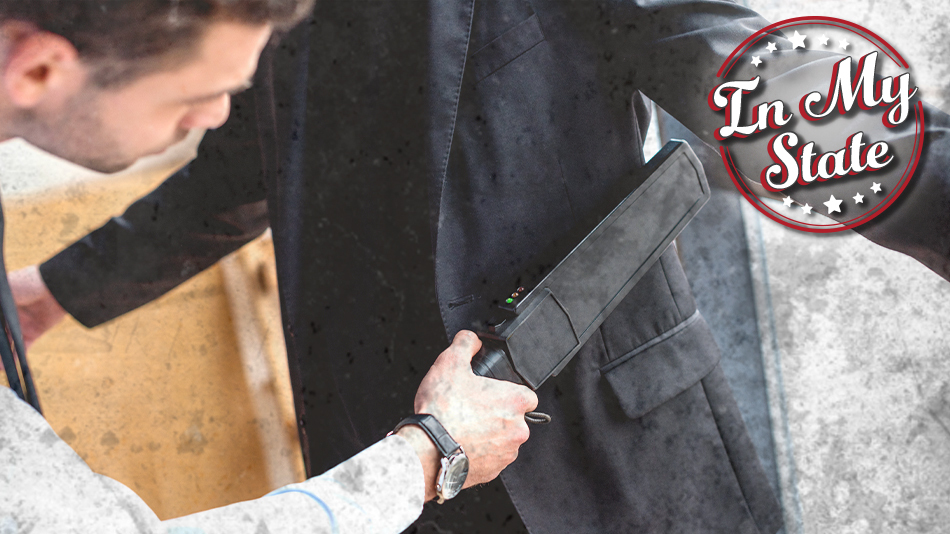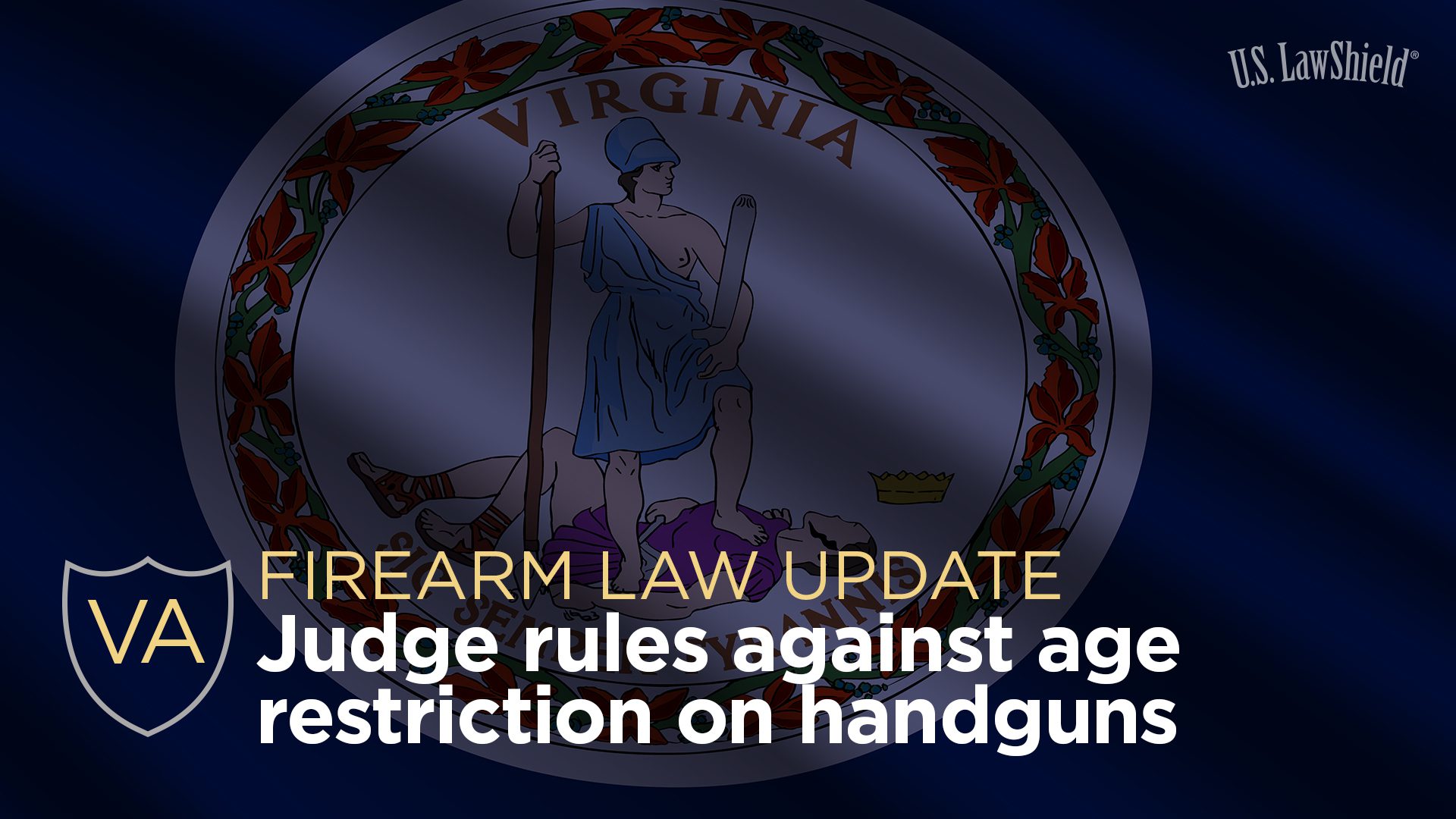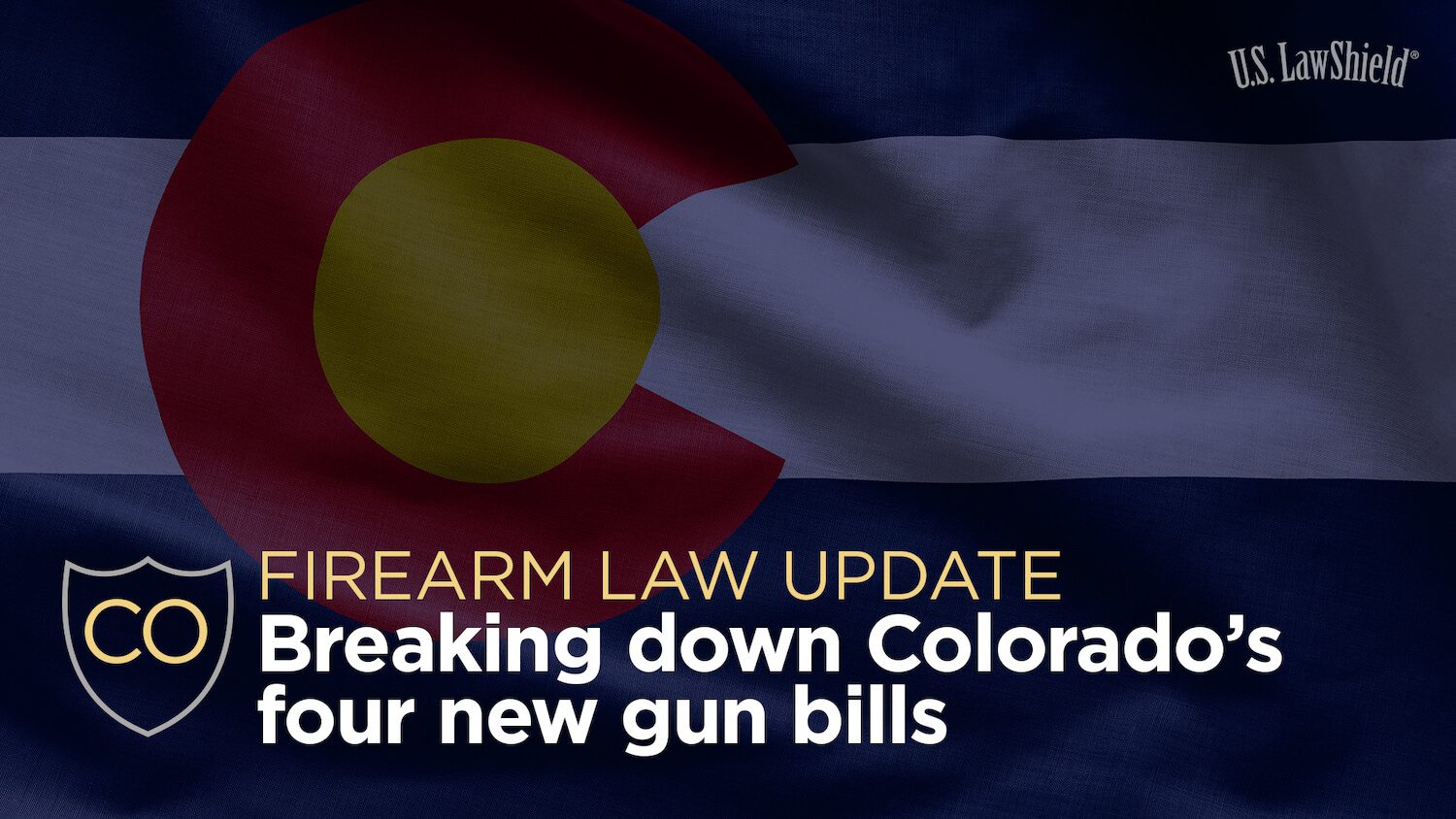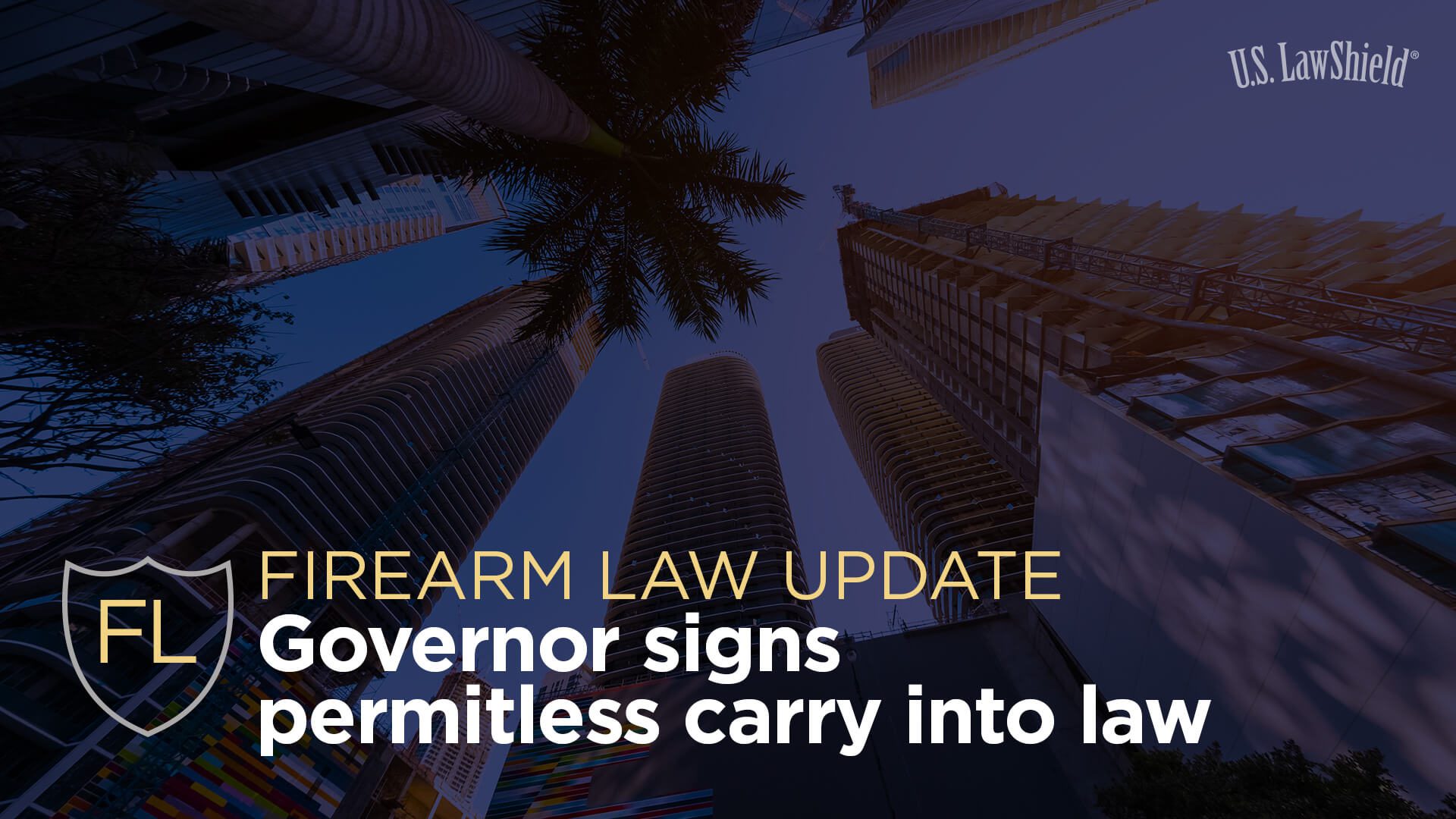
As you’ve no doubt seen in the news, many parts of the country are experiencing a push to ban firearms from government buildings. A significant portion of this new “outrage” is media-driven opportunism by gun control advocates. To help sort the legal facts from fiction, let’s take a look at how the law plays a role in securing your rights as a law-abiding gun owner.
The Second Amendment ensures the rights of all Americans to keep and bear arms. But lawmakers have differing opinions on how that applies to the Ohio Capitol building, Capitol Square, and other public lands.
Here’s what you need to know about the past, the present, and the future of legally carrying a firearm on the grounds of our state buildings and other government properties, with the focus here on Capitol Square in Columbus. For our purposes, Capitol Square is defined as the “capitol building, senate building, capitol atrium, capitol grounds, the state underground parking garage, and the warehouse owned by the board.”
Did the Capitol Events on January 6 Spark Change in Ohio?
Currently, residents of this state can freely conceal and open carry firearms around the capitol buildings and on the grounds. This right is reinforced by the update to the Ohio Administrative Code in 2019 which specifically recognized Ohio state law regarding the legality of concealed carry of firearms by permit holders on state grounds. There was some question as to whether this rule would remain after the incidents in Washington, D.C. and the peaceful armed march on the capitol building in Columbus in January. Lawmakers furiously debated the idea of quickly enacting new rules banning the carry of firearms around the state buildings on Capitol Square in an effort to prevent what they considered the potential for similar violence. This concern was bolstered when Governor DeWine called in Ohio National Guard troops and placed them on alert to possibly quell any violence. Thankfully, cooler heads prevailed, nothing changed, and—of course—the march was peaceful.
For clarification, let’s define the parameters of Capitol Square carry with a quick look at the Ohio Administrative Code (OAC) Chapter 128 “Capitol Square Review and Advisory Board,” which clearly states in Section 128-4-02(G)(9) that weapons are prohibited “within” the capitol building. When cross-referenced with Ohio Revised Code Chapter 105.41 “Capitol Square Review and Advisory Board” subsection (N) allowing an exception to the above only as it relates to parking facilities under the capitol buildings, it is apparent that firearms are only prohibited within the confines of the walls of the structures; essentially, anything past the threshold of the building is off limits. As an example, a speaker at a rally on the stairs of the capitol building would be okay in this scenario if they happened to be armed.
Should You Be on Alert?
In the end, those legally carrying firearms may continue to do so on the state lands around our state Capitol, as it should be. The fallout from the conduct of a few in Washington, D.C., has not changed Ohioans’ ability to carry a firearm. Whether it remains this way is yet to be determined. So far, the rules already established are holding, but as we have seen with the recent bill proposals in this early legislative session, the tide is still rising as those who want to infringe upon our gun rights are steadfast in their pursuit. For instance, HB 38 has already been submitted for consideration in an attempt to repeal SB 175, a law that hasn’t even gone into effect yet, which did away with the “duty to retreat” element for justified deadly force self-defense in Ohio. I do not anticipate this will be successful, but it is representative of the never-ending fight we will face to preserve our gun rights. Fear not! And stay tuned to U.S. LawShield for updates on all relevant gun legislation.
For any questions about carrying in and around government buildings, contact U.S. LawShield and ask to speak to your Independent Program Attorney.
The information provided in this publication is intended to provide general information to individuals and is not legal advice. The information included in this publication may not be quoted or referred to in any other publication without the prior written consent of U.S. LawShield, to be given or withheld at our discretion. The information is not a substitute for, and does not replace the advice or representation of a licensed attorney. We strive to ensure the information included in this publication is accurate and current, however, no claim is made to the accuracy of the information and we are not responsible for any consequences that may result from the use of information in this publication. The use of this publication does not create an attorney-client relationship between U.S. LawShield, any independent program attorney, and any individual.




Leave A Comment